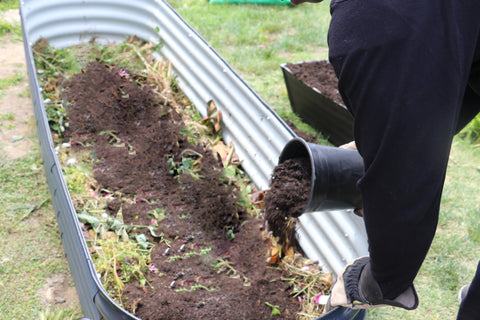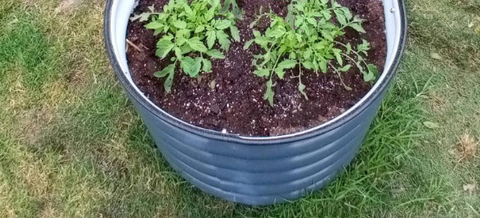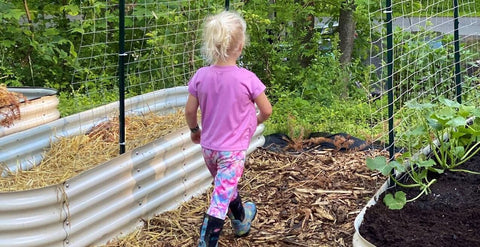How to Take Care of The Plants On The Raised Garden Bed
If you know what you are doing, it may be easy to grow plants on raised beds. Just follow these six simple steps.
You don't need to be an expert to plant plants in the overhead garden - even novices can do it! Just follow these six simple steps.
1. Start with high-quality soil. With a raised bed garden, you have the opportunity to give plants roots what they want: medium weight soil, which can keep water well, has a lot of air pockets, and is full of organic matter.

2. Water when the soil is dry. Because of gravity alone, the soil in an raised bed tends to drain faster than the soil in the ground (higher beds also drain faster). Always check the soil with your fingers; When the top inch is dry, it's time to water the bed thoroughly.

3. Add overlay. If you cover the soil around plants on raised beds with 2 to 3 inches of mulch, you may need to reduce watering and weeds.

4. Feed your plants. Do you know that when you haven't eaten for a period of time, you will feel hungry and uncomfortable? The same is true of plants. They need regular nutrition to grow best, especially on raised beds, where they may be more closely planted than in the field.

5. Pay attention to weeds. Once you find weeds in the raised bed garden, please be alert and pull out the weeds. When they are young, they tend to pull more easily. You must want to catch them before they start sowing seeds and producing baby weeds on your bed.

6. Conduct pest patrol. Visit your raised bed garden every day and take time to check each plant for signs of pests and diseases. When you find them early, they are always easier to conquer. Bonus: If you are planting vegetables, herbs or fruits, if you are outside every day, you will have a better chance to harvest in the peak period of maturity.

